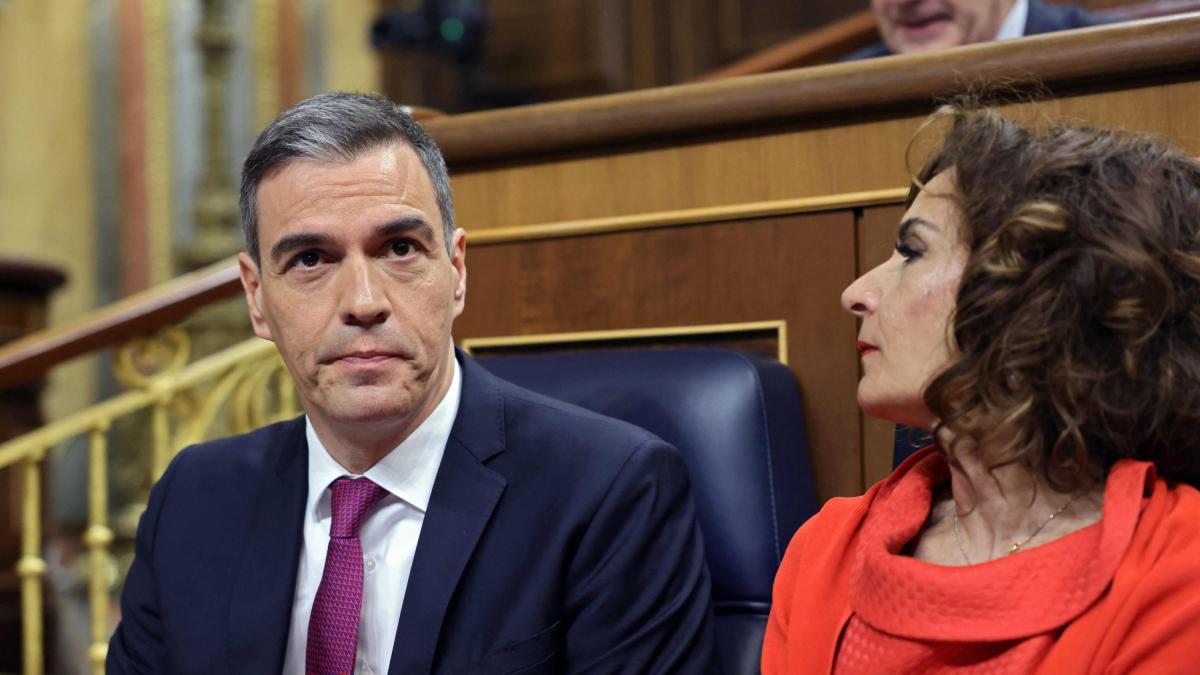All familiar with the New York Stock Exchange. And its rival Nasdaq.
In addition, there is an investment fund that invests in equities and bases its investments on a relatively unknown market index. The fund has grown so large that it can itself be considered a third stock exchange.
The fund is worth $ 1.3 trillion, or $ 1,300 billion, or € 1.16 trillion, in the Vanguard Total Stock Market Index Fund (VTSAX) and its listed shares.
That’s right, the value is indeed $ 1.3 trillion including all stock series.
According to Morningstar, the value of the Vanguard Group’s fund currently represents approximately 10 percent of the combined value of the investments of all equity funds and listed ETFs in the U.S. market.
No other equity fund or ETF comes close to the value of its investments. The next largest is the Vanguard S&P 500 Index Fund, with $ 821 billion or about € 730 billion.
Paradoxically, this largest predator among funds is tied to the most modest stock index called the CRSP US Total Market Index. It was developed at the Booth School of Economics at the University of Chicago.
Multi the investor has little knowledge of CRSP. The weights of the index and the Vanguard fund are again known On Wall Street.
Stockbrokers sometimes say they are reviewing the value of Vanguard’s listed fund, or ETF, to get a better picture of overall market performance. The ETF’s stock symbol is VTI. It actually covers more stocks than any of the other three major indices, the Dow Jones Industrial Average, the S&P 500 and the Nasdaq Composite.
“When the stock market is open, VTI gives a better picture of its business than any other,” said Texas-based investment adviser Georgetown. Rick Ferri says.
He adds that CRSP “runs this gigantic big equity fund, and the general public doesn’t even know the CRSP exists”.
The size of the Vanguard fund currently accounts for about 2.8 percent of the total U.S. stock market.
What so is there a CRSP index?
It was designed by the Center for Research in Security Prices (CRSP). The center was part of the University of Chicago School of Business until it became a university-owned corporation last year.
One reason the CRSP index is fairly unknown to the general public is its background. At the urging of Vanguard, the index was built just ten years ago from a monthly research tool used by university researchers as an investmentable index in its current form.
The CRSP index consists of more than 4,000 shares, from shares of small companies to large, traditional giants. Thus, it shows how the whole market is doing in each case.
By comparison, the Dow Jones follows only thirty large companies and the S&P 500, after its name, five hundred large companies. Nasdaq consists of more than 3,000 shares, many of which are smaller companies.
To get there according to the CRSP index, the company must have, among other things, a for-profit business in the United States and a market capitalization of at least $ 15 million. In addition, at least 12.5 percent of its shares must be publicly traded.
CRSP adds and drops out shares each quarter. Additions to the CRSP Index and thus to the Vanguard Fund may fluctuate parts of the overall market. In mid-September, 164 shares were added to the index, with trading volume doubling that week compared to the average of the previous four weeks, Factset says.
At the same time, the prices of these shares bounced an average of 3.6 percentage points more than those of comparable companies with a very small market capitalization. share prices during the same five-week period.
Factsetin Global Funds Analysis Director Elisabeth Kashner says that “influencing the market and exploiting market information in advance” inevitably occurs to some extent when such a large buyer is involved.
CEO of CRSP David Barclay acknowledges that some market participants may be looking for a “way to gain an advantage” in index trading. CRSP has more than a hundred subscribers, including large Wall Street stockbrokers, hedge funds and market makers.
He said the CRSP has taken steps to reduce the impact of trading in funds like Vanguard on the market. For example, when including new shares in connection with the monthly rebalancing, the index company will do so within five days and by no means merge all at once.
Every day CRSP monitors dozens of corporate movements from dividends and share sales to acquisitions or IPOs. The purpose is to ensure that the index weighs on companies relative to their outstanding stock and that the index company’s database gives a true picture of companies ’dividend rates.
CRSP began a $ 300,000 research project in 1960, funded by Wall Street’s then-largest stockbroker Merrill Lynch, Pierce, Fenner & Smith. It wanted evidence that stocks were a good investment.
The development of the index, with the support of Vanguard, was a graduate of the University of Chicago School of Economics Gus Sauterin spirit product. He became director of Vanguard Equity Index Funds in 1987.
Vanguard’s original index fund, launched in 1976, used the S&P 500 index, which at the time covered only about 75 percent of the market. In 1992, Vanguard launched a new fund to give investors the opportunity to invest in the entire U.S. market.
Initially, the fund followed the Wilshire 5000 Total Market Index. In 2005, Vanguard transferred its funds to monitor Morgan Stanley Capital International, now known as MSCI.
Slightly Sauter later asked the then dean of the University of Chicago School of Economics From Ted Snyder, could the CRSP be developed into an index suitable for day – to – day investment activities. Sauter promised that Vanguard would pay the development costs in advance.
Towards the end of the five-year development phase, Vanguard announced that the fund’s index would change to CRSP in 2013.
According to Sauter, the cost savings were a “very significant” reason why Vanguard switched to the CRSP index. Vanguard currently pays the CRSP about $ 20 million, or about $ 17.6 million a year in index license fees.
According to Sauter, CRSP’s long experience in stock market research and its database convinced Vanguard’s ability to provide a high-quality index.
Vanguard’s current stock index manager Rodney Comegys says that Sauter ‘s approach to CRSP also gave Vanguard’ s equity fund a low cost structure in the long run.
“
The size of the Vanguard fund currently accounts for about 2.8 percent of the total U.S. stock market.
Last year CRSP and the Vanguard Fund achieved a clear victory over their largest U.S. fund rival, S&P Dow Jones.
The reason was a rocket-like rise in Tesla’s share price of more than 700 percent. Tesla was not included in the S&P 500 Index for most of the year because S&P expects new companies to be included in the index to make a profit. The CRSP does not have such a requirement.
Tesla’s inclusion in the CRSP Index partly explains the index’s – and Vanguard Fund’s – return to 20.99 percent in 2020. It was 2.59 percentage points better than the S&P 500. According to the investment magazine Bull and Bear Profits, neither fund has outperformed its competitors by such a large margin since 2013.
Dow Jones & Co, the publisher of The Wall Street Journal, is no longer the owner of S&P Dow Jones, although the journal’s editors are on the committee that selects the shares for the Dow Jones Industrial Average.
According to Morningstar, the value of Vanguard’s fund investments has increased tenfold since 2009. The size of the fund currently accounts for about 2.8 percent of the total U.S. stock market.
New York Stock Exchange traders at work on December 8, 2021.
CRSP intends to grow its business. It creates new indexes from its database of 11,300 investment targets and attracts new users from both investment management and universities.
In September, together with investment advisor Institutional Shareholder Services, it launched six ESG indices based on corporate environmental and social responsibility and governance..
“We want to increase the opportunities to use our research data on an even broader basis,” says CEO David Barclay.
In mid-November, at the CRSP office in a modest office building in downtown Chicago, the company’s director Eric Frait, A veteran director of the Chicago Stock Exchange, watched the six-screen Bloomberg television channel.
The screens showed futures data from the Dow Jones, S&P, Nasdaq and even the Toronto Stock Exchange before the stock market opened. According to Frait, the CRSP could get its own box if it had a futures trade.
In fact, according to Frait, CRSP intends to develop a futures market that would be tied to its index.
Translated from England by Jyri Raivio.
.
#Funds #York #Stock #Exchange #Nasdaq #Wall #Street #rocked #huge #mutual #fund #unknown






